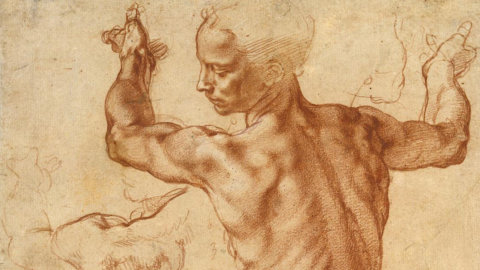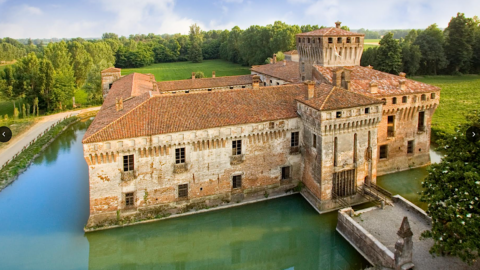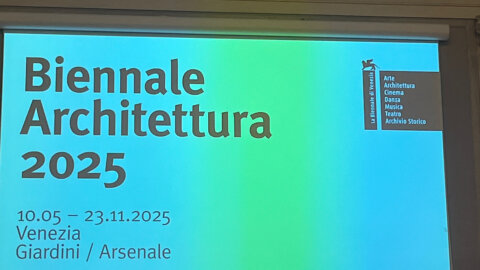In his great autumn exhibition “Michelangelo and Beyond” (14 September 2023 – 15 January 2024) the museum Albertina of Vienna presents the emergence, power, meaning and decay of a canon definitively defined by Michelangelo and his nudes in the early XNUMXth century. Renaissance master Michelangelo is the focus of this exhibition, as he is alone in his understanding of the new vision of a dynamic body. No artist of his time could ignore the formative impact of his pieces. Artists flocked in droves to the publicly displayed cartoon of the Battle of Cascina for inspiration. The expressive, elongated figures of the Sistine Chapel often served as a starting point for the decorative exaggerations of Mannerist artists. The rediscovery of the ancient Greco-Roman idea of the ideal body during Michelangelo's lifetime led to revolutionary advances in the representation of human anatomy. As a result, new standards were created in terms of proportion, contour, volume, foreshortening and movement.
This exhibition presents the Albertina's most significant works of artistic representation of the human body from the early Renaissance to the early XNUMXth century
The pieces on display are an impressive demonstration of the emergence of the canon, its progressive development and, ultimately, even its decline over time.
Michelangelo's works that arose in connection with the unfinished fresco of the Battle of Cascina, the famous male nude of a young man seated and the drawings of the Sistine Chapel ceiling fresco will be present together with Raphael and Dürer with their perceptions of the human body. Italian artist Raffaello he had an understanding of the ideal athletic body similar to that of Michelangelo. While the German artist Albrecht Durer, on the other hand, had a different vision of the human nude. In her pieces, the focus was on studying proportions and meticulous measurements to depict the human body. Dürer also developed his own set of rules to follow. Rembrandt did not agree with Michelangelo's ideal and turned to both male and female nudes. His faithful view shows the human body unfiltered and true to life, with all its volumes and curves, in the sense that it was opposed to the ideal held by the Renaissance master Michelangelo.
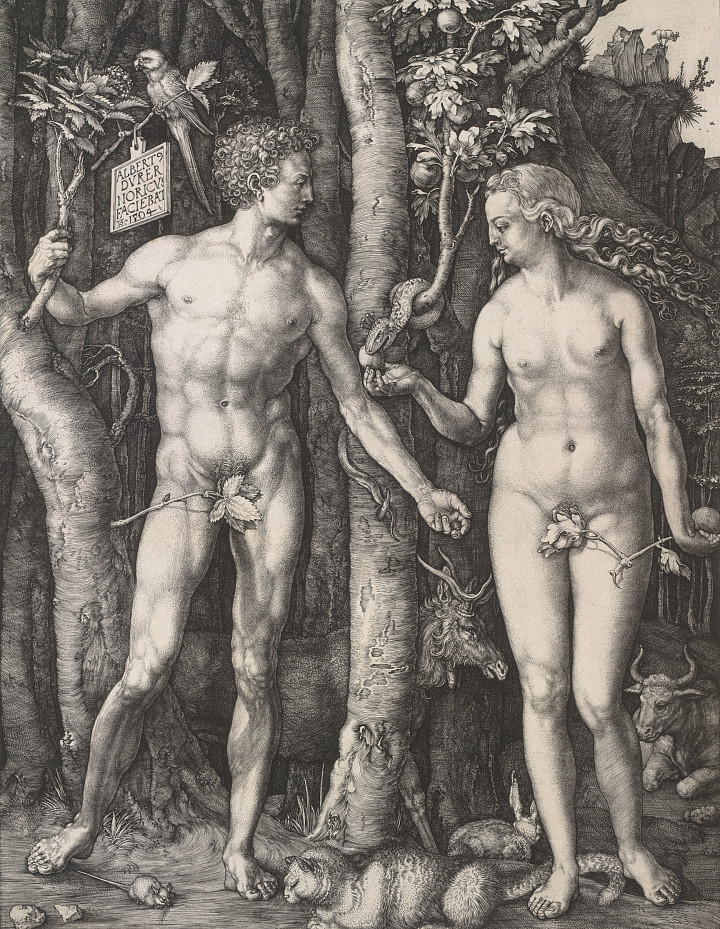
The exhibition features drawings, prints and sculptures that address the theme of the ideal body over the centuries. The Ercole Farnese bronze from the Liechtenstein collection is something beyond the exhibition, as this sculpture characterizes a truly typical ideal body that was developed independently by Michelangelo and focused on an extremely exaggerated muscular form. This ancient model of Hercules has been copied by countless artists and has served as an object of study for aspiring artists for centuries. The ancient world changed with the founding of Christianity, particularly in terms of the depiction of the female body in art.
The expectation of the imminent Last Judgment made natural historical knowledge appears irrelevant
The monotheistic belief system expelled the Gods and Goddesses of the Greco-Roman pantheon, including the cult of the feminine ideal of Venus. Over time, women became more and more hidden and ended up on the “dark side of the moon.” It was during the Renaissance Period when artists began to artistically portray female bodies and the naked woman returned to visual media.
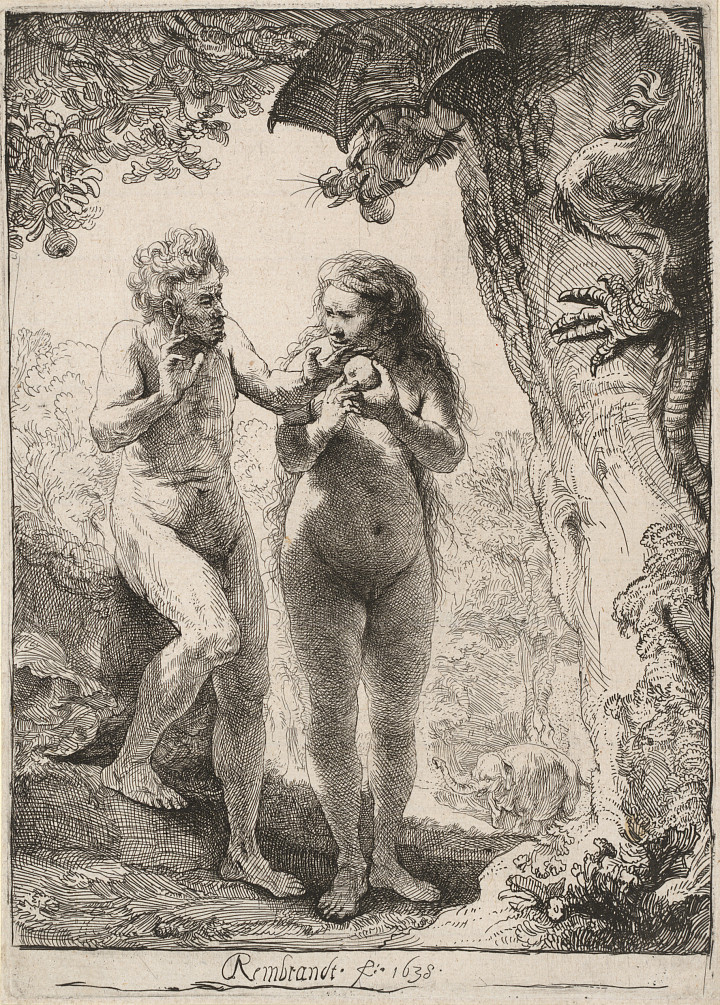
In Rembrandt's pieces, he portrays his wife in a natural pose and presents an authentic body that is marked by life. Boucher is also included in the exhibition and brings the female form into play with greater eroticism by directly inviting observers to see her reclining nudes. Michelangelo himself drew very few naked women, instead giving male bodies a feminine appearance. Men depicted men, but he was also a man who set the canon not only for the male nude but also the female nude.
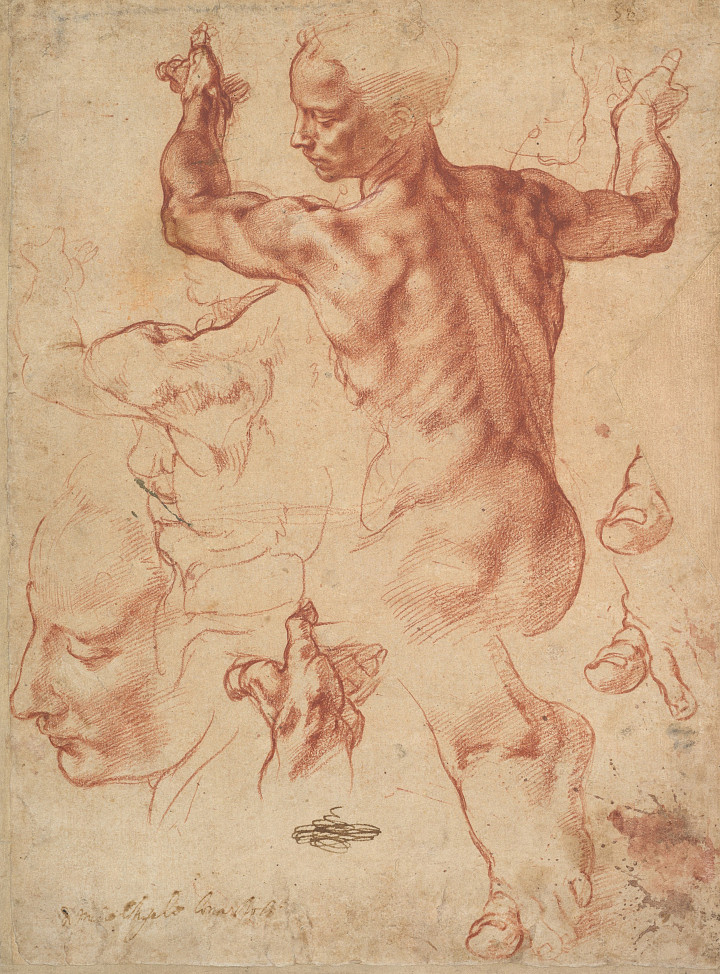
Michelangelo Buonarroti (Metropolitan Museum)
The question of what would have happened if women had depicted the canon or even that depiction of nudity remains a fascinating topic of speculation. The decline of the canon is evident in the late XNUMXth and early XNUMXth centuries. Klimt's exceptional nude drawings show the secessionist cult of beauty in women's curves. On the contrary, Schiele's expressionist traits show a vehement contradiction with Michelangelo's ideal. Schiele's pieces show that there is no ideal human form, rather it is a reflection of a broken and doomed society. The exhibition presents a selection of Albertina's works integrated with a selected loan of elements. During the period between the XNUMXth and XNUMXth centuries, numerous topics are covered that explore the various possibilities of the representation of the human nude.
The pieces range from Michelangelo's early drawings to works by XNUMXth-century artists.
Michelangelo's direct successors either took up the canon and continued it or they did not. Rembrandt shows a totally different vision of the unfiltered body and in doing so he challenged traditional norms. In the classical period, the canon experienced a revival and was revived once again in the desire to once again achieve the ideal body. At the same time, the “dark side of the moon” was illuminated and the female nude came back into focus. In the XNUMXth century, Michelangelo's once significant body disappears completely.

